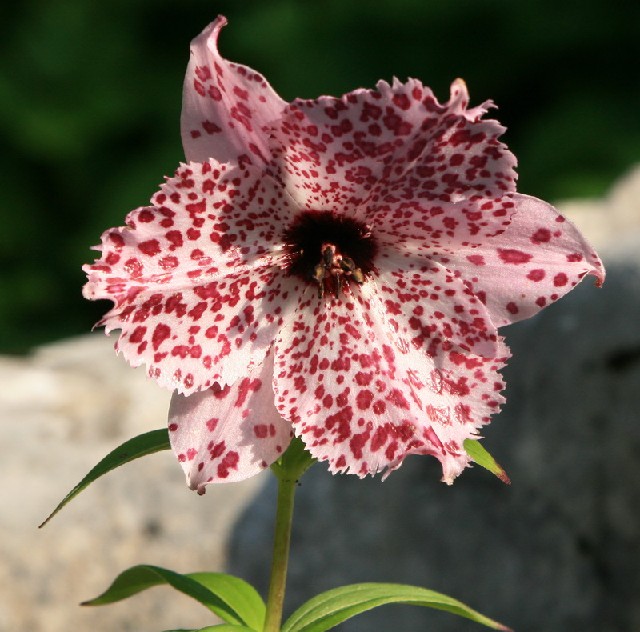Schachen Log 6
With the persistent cool weather we’ve spent as much time as possible dividing and replanting various plants in the last 2 weeks. I even risked digging up one of the Lilium monadelphum bulbs which has been very small the last few years. The ground in which it was growing had become compacted and waterlogged with very few healthy roots attached to the bulb which has now been replanted with good drainage near the base and fresh soil around the bulb. I know that one is only supposed to replant bulbs when they’re dormant but the garden is closed and deserted when they’re dormant and I’ve not yet experienced any problems transplanting lilies when they’re in full flower. This not something I’d do in Munich as the weather is not as mild and wet which surely helps to cushion the shock. The same applies to Primula sikkimensis, Pr. waltonii, Pr. alpicola, etc. All are best divided before flowering but, because we have unwanted hybrids amongst the plants, I always divide them when they’re in flower to be sure that the correct ones are replanted.
Lilium monadelphum
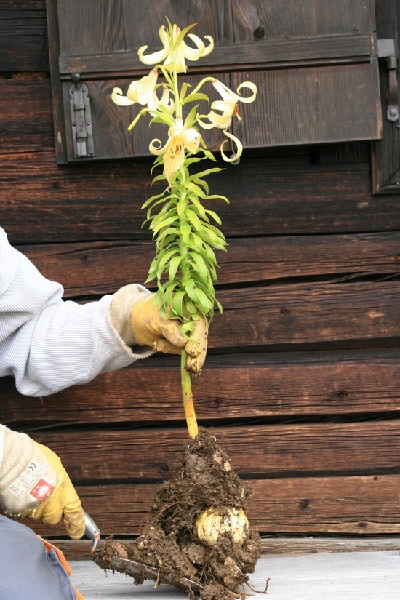
Just last Tuesday we redid a planting of Primula sikkimensis as well as Geum x sudeticum on the west side of one of our two ponds. While digging out the Geum we discovered that the pond had at some stage been dammed and partly filled in so we have returned it to it’s original size and gained more large rocks for landscaping the ‘Rocky Mountains’ bed next year. It perhaps sounds strange but, even though the garden is up in the mountains, we never have enough rocks for landscaping, especially large rocks. This coming Wednesday the Unimog is driving up to the Schachen and I’ve asked them to collect as many rocks as possible which are lying at the edge of the road loosened and moved to the roadside by the snow plough which went through in May. There’s one particularly nice rock, almost an hour from the garden by foot, which I’m really hoping that they’ll be able to load using ropes and a board. We can’t dig up any rocks being in the middle of a Nature Protection Area but any that slide onto the road with the snow are fair game. Fine scree is something else we’ve run out of, so Thomas and I will be in Schachengrund, a dip in the landscape between us and the cliff face, on Tuesday sieving scree into plastic sacks for easy transport. There’s a tongue of scree stretching into the dip which grows longer every year and is a reliable source for scree.
Campanula cochlearifolia is a common scree plant on the Schachen.
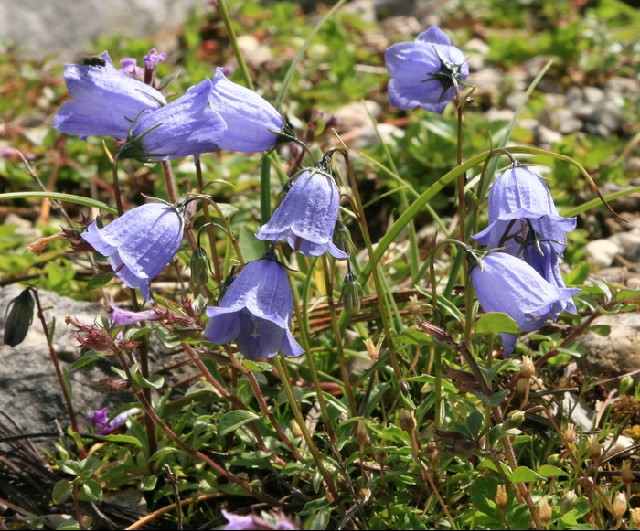
I read recently that Linum also have pin and thrum flowers. So far only one plant of Linum hypericifolium is in flower and I’m not sure if this is an example of thrum or not, any suggestions are welcome. More than one plant seldom flowers in the garden, I only have two. And the seed has a germination rate of approximately 1%! Either this is due to heterostyly or the seeds need to be completely ripe before harvesting. Due to the vagaries of our summer, the seed capsules are usually still green when I harvest them at the end of October.
Linum hypericifolium
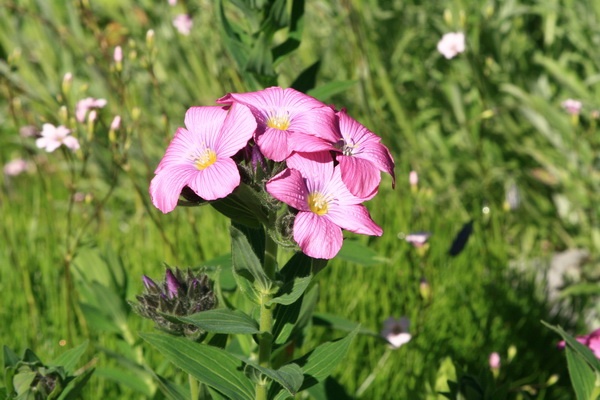
There's been light snowfall on the Schachen today. Luckily not enough to bend or break flower stalks but the remaining Lilies will finish flowering abruptly with the cold. Some plants which were in flower when I left for the weekend on Friday:
Gentiana lutea
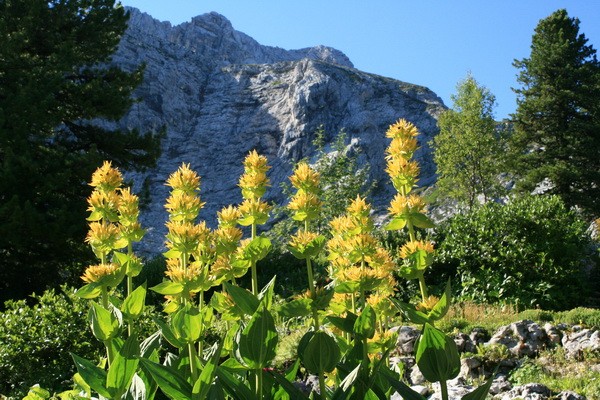
The mountain in the above picture is the Frauenalpalm, a high alpine meadow where the sheep graze during summer. Behind that is the Dreitorspitz with its 3 peaks.
Delphinium cashmerianum is flowering at least 2 weeks earlier than usual this year, as are a number of other plants. We often have an early season, or is it a shift in the climate? But normally by the end of July it has evened out with the temperature swings putting the brakes on the middle and late season flowerers.
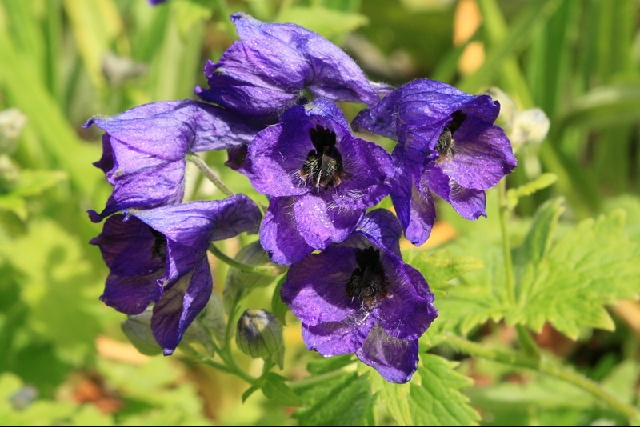
Another one which is 2 weeks early is Cremanthodium arnicoides.
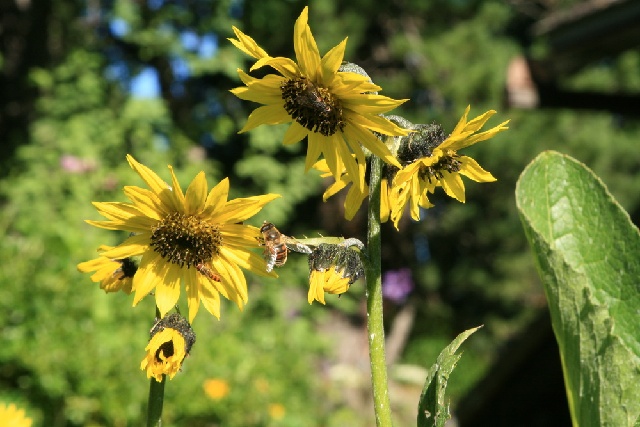
Dianthus pavonius
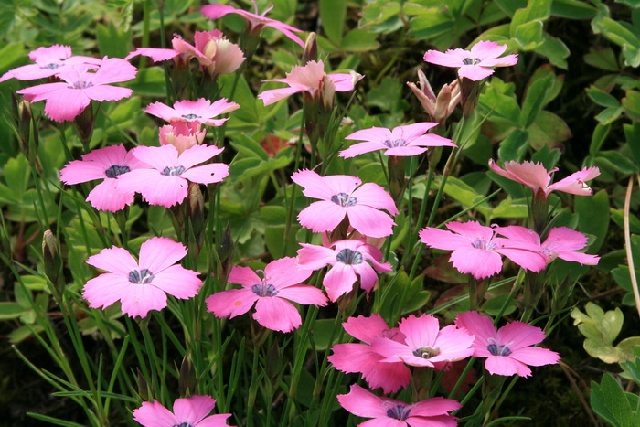
The last flower of Nomocharis mariae for this season.
